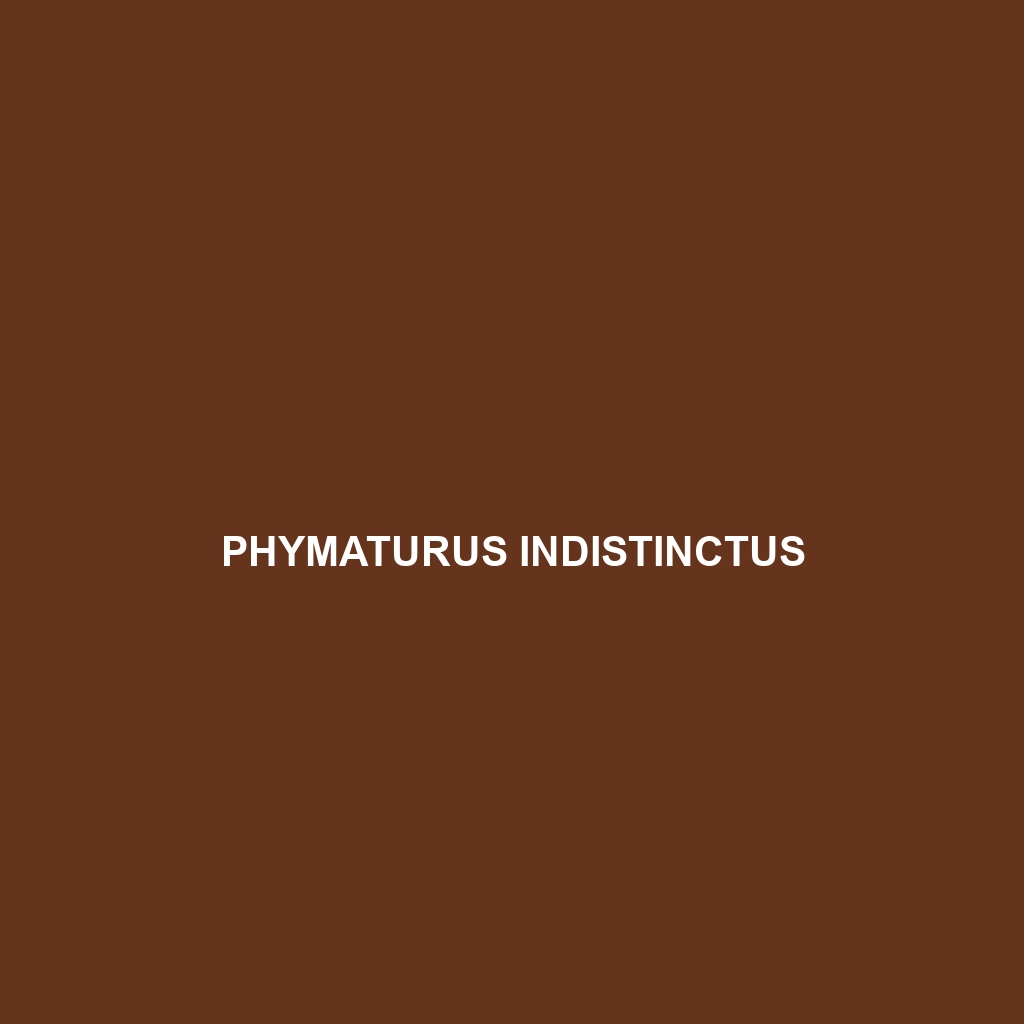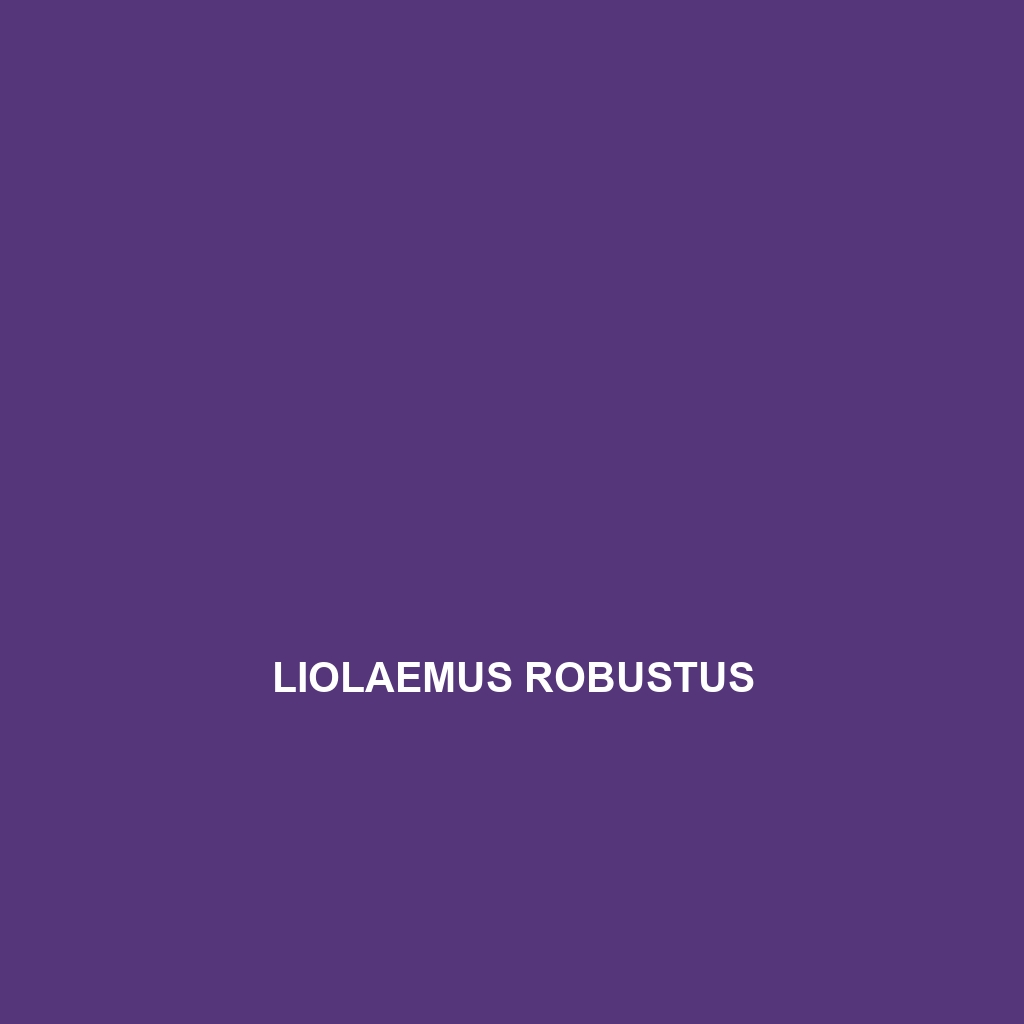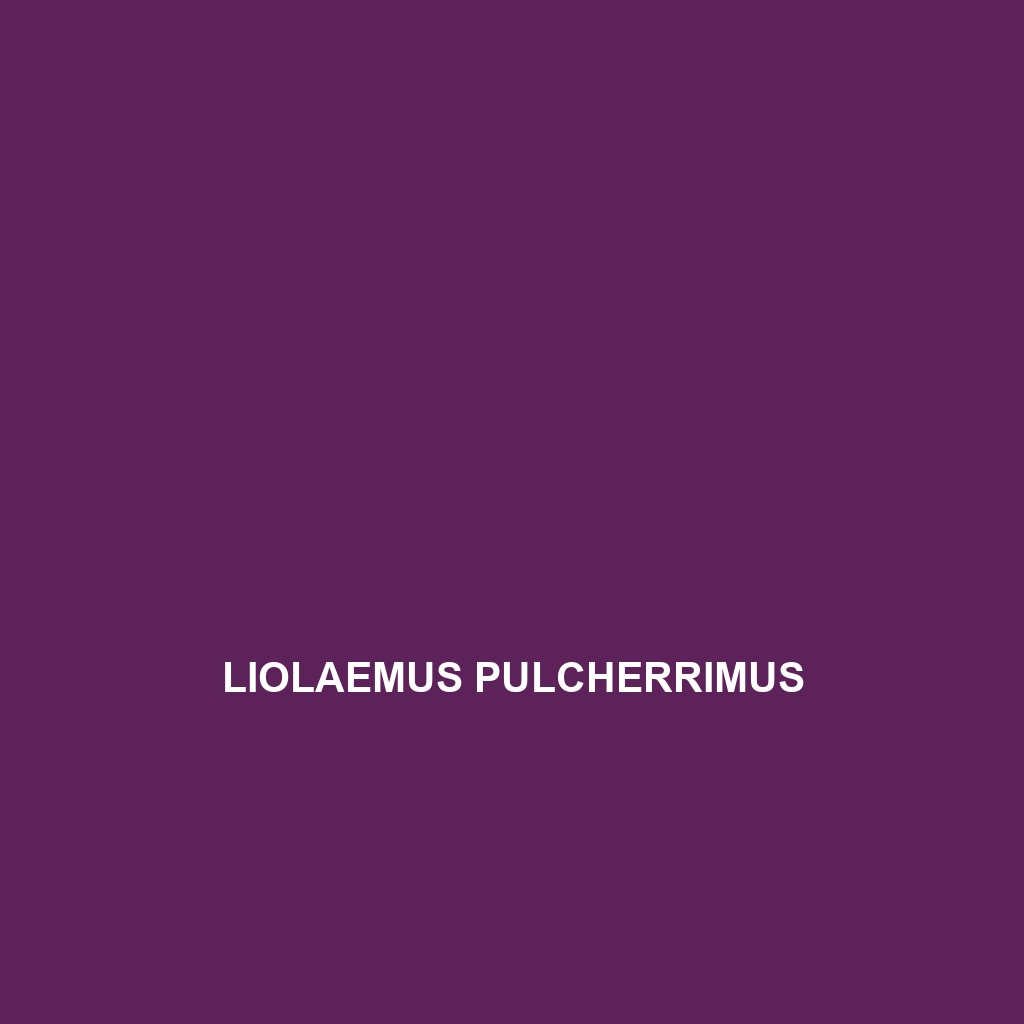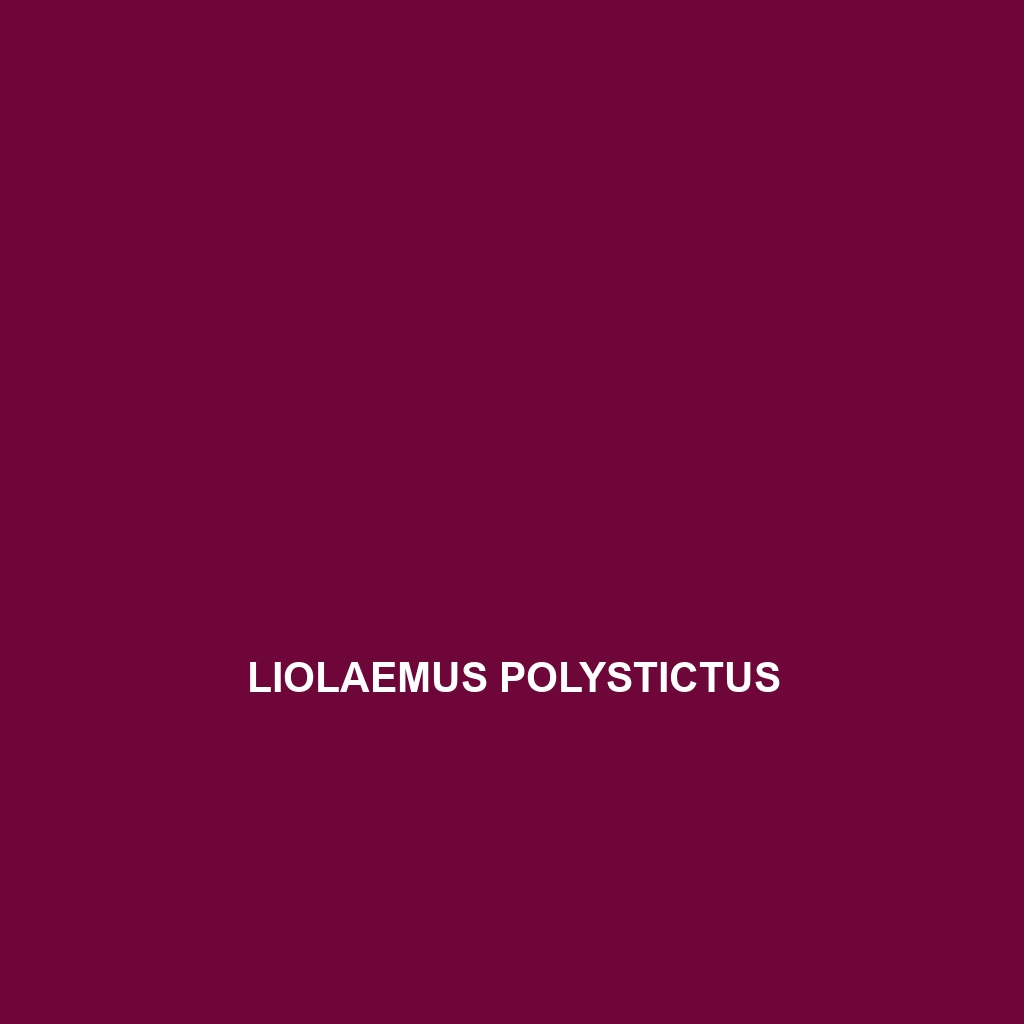<p><b>Phymaturus indistinctus</b> is a resilient lizard native to the rocky shrublands of southern South America, characterized by its robust body, diurnal behavior, and a diverse diet of insects and plant material. Currently classified as vulnerable, this species plays a vital role in its ecosystem, balancing populations of small invertebrates while adapting uniquely to its arid environment.</p>
Tag: Argentina reptiles
Phymaturus darwini
<p><b>Phymaturus darwini</b>, also known as Darwin's phymaturus, is a vibrant lizard endemic to the temperate forests and grasslands of Argentina, characterized by strong limbs, distinctive coloration, and unique diurnal behaviors. Classified as vulnerable, this insectivore plays a crucial role in maintaining ecological balance while exhibiting fascinating breeding and territorial displays.</p>
Liolaemus thomasi
<p><b>Liolaemus thomasi</b>, also known as Thomas's Liolaemus, is a small lizard endemic to the temperate forests and grasslands of southern South America, measuring 10 to 15 cm and exhibiting olive green to brown coloration with darker spots for effective camouflage. Diurnal and primarily insectivorous, these lizards play a crucial role in their ecosystem by controlling insect populations while facing potential threats from habitat loss and climate change.</p>
Liolaemus tenuis
The Liolaemus tenuis (slender leafy lizard) is a slender, diurnal reptile found in the temperate forests and rocky terrains of southern South America, known for its adaptability and striking color variations. Primarily insectivorous, this species plays a vital role in its ecosystem by helping control insect populations while serving as prey for larger animals.
Liolaemus signifer
The Liolaemus signifer, or Signifer Lizard, is a resilient species thriving in South America's temperate forests and shrublands, characterized by its slender body, smooth scales, and adaptability to various climates. As an insectivore playing a vital role in its ecosystem, it regulates pest populations and contributes to nutrient cycling within its habitat.
Liolaemus robustus
Discover the robust lizard, Liolaemus robustus, a vibrant inhabitant of southern South America's temperate forests, known for its agile movements, striking coloration, and unique reproductive strategy of live births. This omnivorous lizard plays a crucial role in its ecosystem by controlling insect populations and supporting biodiversity.
Liolaemus purul
Discover the Liolaemus purul, a striking ground-dwelling lizard native to the temperate forests and savannas of southern South America. With its slim body, vibrant coloration, and role as an insectivore, this species plays a crucial part in its ecosystem while showcasing fascinating behavioral adaptations.
Liolaemus pulcherrimus
<p>Discover the stunning <b>Liolaemus pulcherrimus</b>, known as the beautiful Liolaemus, a vibrant lizard native to the temperate forests and savannas of Chile and Argentina, characterized by its striking blue and green coloration, agile movements, and role as a key insectivore in its ecosystem.</p>
Liolaemus polystictus
<p><b>Liolaemus polystictus</b> is a striking lizard species native to the temperate forests and savannas of southern South America, displaying vibrant multicolored patterns and engaging in fascinating diurnal behaviors. As an insectivore, it plays a crucial role in controlling insect populations while adapting to various ecological niches, making it an essential part of its ecosystem.</p>
Liolaemus omorfi
Discover the stunning Liolaemus omorfi, a robust lizard native to the temperate forests and mountains of South America, featuring a distinctive mix of olive green and brown coloration with unique dorsal patterns. This insectivorous species thrives at altitudes of 1,500 to 3,000 meters, playing a crucial role in its ecosystem by regulating insect populations while adapting to cooler climates.









